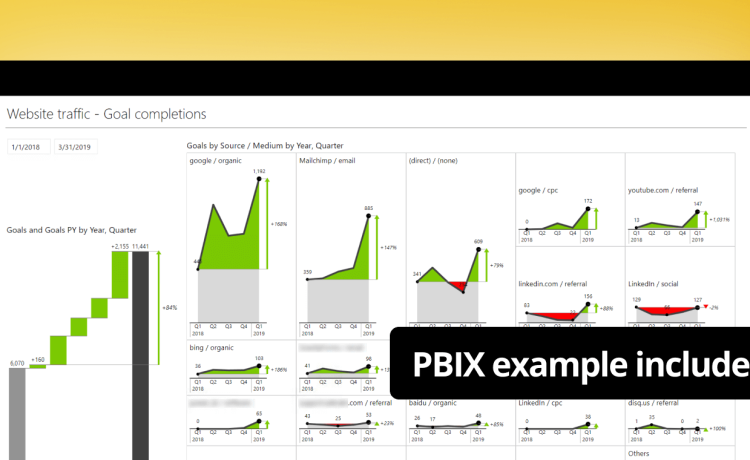In today’s fast-paced business world, raw numbers alone are not enough to drive informed decisions. Data must be transformed into visuals that are easy to interpret, insightful, and interactive. Among the many visualization tools available in Power BI, the Power BI bar and pie charts stand out as innovative ways to represent complex information. By combining the clarity of a pie chart with the depth of a bar chart, it helps businesses uncover insights that would otherwise remain hidden in spreadsheets.
What Is a Bar of Pie Chart?
The bar of pie chart is a specialized visualization that breaks down smaller segments of a pie chart into additional bars. This hybrid design allows users to maintain the simplicity of a pie chart while also providing more granular detail for specific categories.
For example, if a pie chart shows market share by product category, smaller slices may be too narrow to read clearly. The bar of pie visualization extracts these smaller values and displays them as a bar chart, making the data both accurate and readable.
This combination is particularly valuable in business intelligence, where understanding the “long tail” of small but important categories is critical.
Why the Power BI Bar of Pie Is Unique
Power BI users often rely on pie charts or bar charts separately. However, the Power BI bar of pie chart bridges the gap by offering:
- Clarity: Small values that typically get lost in a pie chart are shown clearly in bar form.
- Comparisons: Users can quickly compare the proportion of smaller values against larger categories.
- Interactivity: Being a part of Power BI, the chart allows filtering, drilling down, and real-time updates.
- Storytelling: Data narratives become stronger when viewers can see both the big picture and the finer details in one visualization.
By combining overview and detail, the chart helps decision-makers focus on the areas that matter most.
Practical Use Cases for Businesses
Organizations across industries can benefit from this visualization. Some examples include:
- Sales Analysis: Highlighting major revenue drivers while also giving visibility to smaller products that may show growth potential.
- Customer Segmentation: Displaying top customer groups in a pie while breaking down niche segments into a bar chart for deeper insights.
- Expense Tracking: Showing broad expense categories in a pie, and less significant but still important costs in the bar segment.
- Market Research: Presenting dominant competitors alongside smaller emerging players without losing readability.
In each of these cases, the bar of pie chart brings attention to details that could otherwise be overlooked.
Advantages Over Traditional Charts
The strength of the bar of pie visualization lies in its ability to balance simplicity with detail. Traditional pie charts often mislead viewers when many small slices clutter the chart. Similarly, standalone bar charts may lack the intuitive appeal of a pie.
By integrating both, this chart ensures that:
- Minor categories get appropriate attention.
- Decision-makers can identify growth opportunities hidden in small segments.
- Reports are easier to interpret for both technical and non-technical stakeholders.
This makes the Power BI bar of pie chart a highly practical choice for dashboards and executive summaries.
How to Maximize Its Impact
To get the most out of this visualization, analysts should:
- Limit categories: Use it when there are many small categories that need clarification.
- Maintain consistency: Ensure color schemes and labels are easy to follow.
- Use interactivity: Take advantage of Power BI features such as drill-throughs for deeper analysis.
- Contextualize insights: Pair the chart with narrative or supporting visuals to tell a complete story.
When designed effectively, this chart can transform raw data into actionable intelligence.
Smarter Visualizations, Stronger Insights
In the era of data-driven decision-making, tools like the bar of pie chart in Power BI give businesses the ability to see both the overview and the fine print. By blending simplicity with detail, it empowers leaders to identify hidden patterns, make strategic calls, and communicate insights with clarity.













